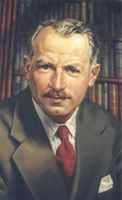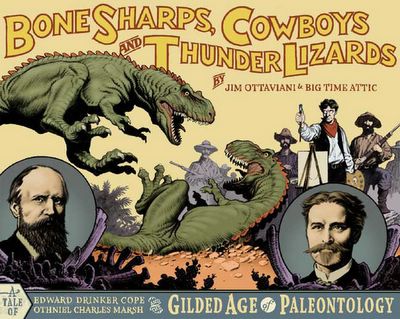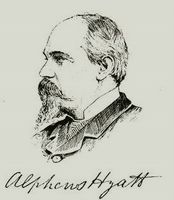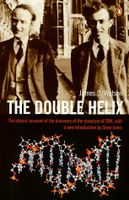A bizarre Jurassic maniraptoran theropod with preserved evidence of membranous wings. 2015. Xu, et. al. Nature
A new scansoriopterygid theropod, Yi qi from the Middle–Upper Jurassic period Tiaojishan Formation of Hebei Province, China has large stiff filamentous feathers of an unusual type on both the forelimb and hindlimb.
These feathers resemble pinnate feathers in bearing morphologically diverse melanosomes. Most surprisingly, Yi has a long rod-like bone extending from each wrist, and patches of membranous tissue preserved between the rod-like bones and the manual digits.
Analogous features are unknown in any dinosaur but occur in various flying and gliding tetrapods, suggesting that Yi was a gliding dinosaur.
Read Brian Switek's story about Yi qi at Smithsonian.com












































